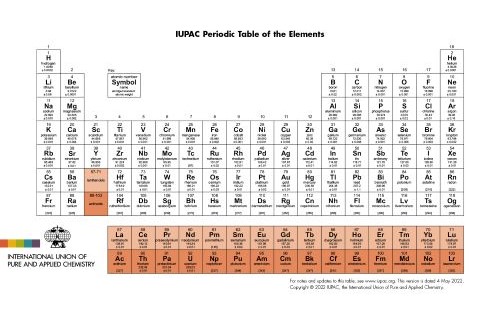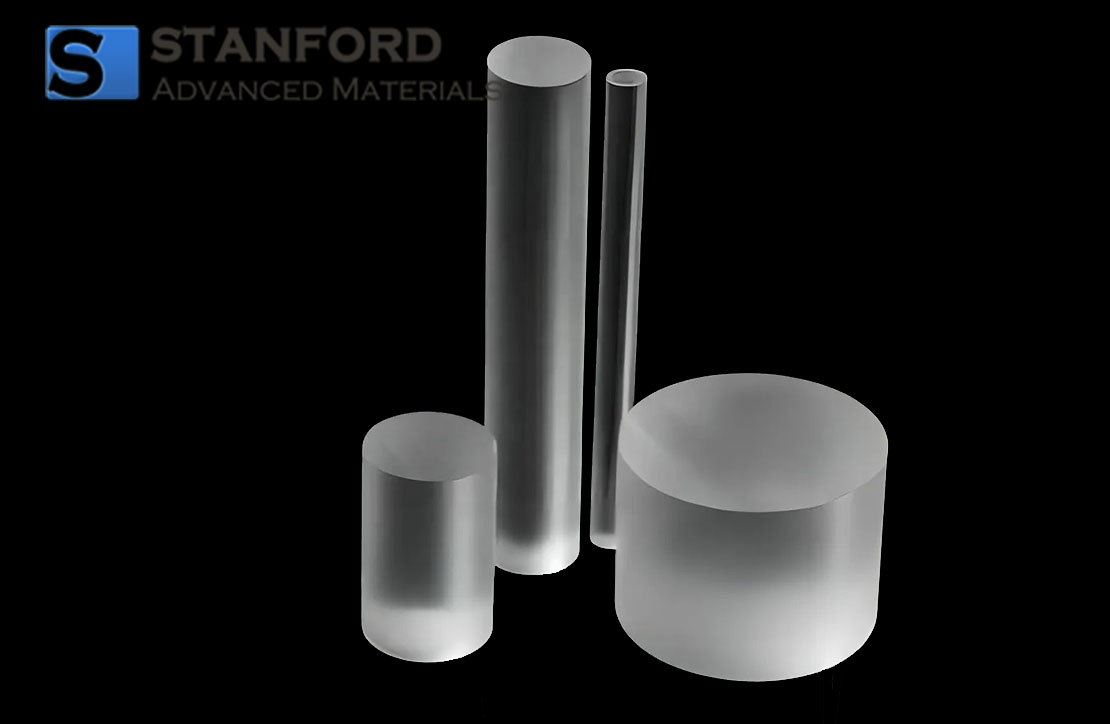Dielectric Constant: Common Materials and Solutions
Dielectric Constant of common materials
Material | Dielectric Constant |
Air | 1.00058986±0.00000050 |
Ammonia | 26, 22, 20, 17 (−80, −40, 0, +20 °C) |
Calcium copper titanate | >250,000 |
Carbon disulfide | 2.6 |
Concrete | 4.5 |
Conjugated polymers | 1.8–6 up to 100,000 |
Diamond | 5.5–10 |
Electroactive polymers | 2–12 |
Ethylene glycol | 37 |
12.4 | |
10–15 | |
158.0–2.3 (0–21 °C) | |
175, 134, 111, 83.6 | |
Hydrogen peroxide | 128 aqueous–60 |
Melamine resin | 7.2–8.4 |
Methanol | 30 |
Mica | 3–6 |
Natural rubber | 7 |
Paper, printing | 1.4 (200 kHz) |
Polyethylene/XLPE | 2.25 |
2.1 | |
Pyrex (glass) | 4.7 (3.7–10) |
Salt | 3–15 |
Sapphire | 8.9–11.1 (anisotropic) |
11.68 | |
Silicon dioxide | 3.9 |
7–8 (polycrystalline, 1 MHz) | |
Silicone rubber | 2.9–4 |
Sulfuric acid | 84–100 (20–25 °C) |
Vacuum | 1 |
Water | 87.9, 80.2, 55.5 |
Note: The dielectric constants mentioned above are measured at room temperature under 1 kHz. [1]
Dielectric Constant of common solvents
Solvent | Dielectric Constant | Temperature |
Acetal | 3.7 - 3.9 | 298 K (25 °C) |
Acetic Acid | 6.2 | 293 K (20 °C) |
Acetone | 20.7 | 298 K (25 °C) |
Acetonitrile | 37.5 | 293 K (20 °C) |
Acrylic | 2.1-3.9 | 298 K (25 °C) |
Benzene | 2.3 | 298 K (25 °C) |
Dichloromethane | 9.1 | 293 K (20 °C) |
Diethyl ether | 4.3 | 293 K (20 °C) |
Dimethyl formamide (DMF) | 36.7 | 298 K (25 °C) |
Ethanol | 24.3 | 298 K (25 °C) |
Ether | 4.3 | 293 K (20 °C) |
Fluorine refrigerant R-12 | 2 | 298 K (25 °C) |
Fluorine refrigerant R-22 | 2 | 298 K (25 °C) |
Formamide | 109 | 293 K (20 °C) |
Liquid ammonia | 17 | 273 K (0 °C) |
Methanol | 32.7 | 298 K (25 °C) |
Nitromethane | 35.9 | 303 K (30 °C) |
Tetrahydrofuran (THF) | 7.6 | 298 K (25 °C) |
Water | 78.4 | 298 K (25 °C) |
Dielectric Constant: FAQs
1. What is the dielectric constant?
The dielectric constant, also known as relative permittivity, measures a substance's ability to store electrical energy in an electric field. It compares the ability of a material to insulate charges relative to a vacuum.
2. How is the dielectric constant calculated?
It's determined by dividing the capacitance of a capacitor filled with a substance by the capacitance of the same capacitor in a vacuum or air. Mathematically, it's expressed as ε = C/C₀, where ε is the dielectric constant, C is the capacitance with the substance, and C₀ is the capacitance in vacuum.
3. Are Dielectric Constant and Dielectric Strength the Same?
No, they're different. The dielectric constant measures a material's ability to store electric energy, while dielectric strength indicates the maximum electric field a material can withstand before electrical breakdown occurs.
4. Why is the dielectric constant important?
It's crucial in various fields, especially in determining the behavior of materials in electric fields, aiding in capacitor design, understanding solvation effects in chemistry, and analyzing the properties of materials in electronics.
5. What influences the dielectric constant?
Factors like molecular structure, polarity, and interactions between molecules significantly impact a substance's dielectric constant. Polar substances generally have higher dielectric constants than non-polar ones.
6. Can dielectric constant vary with temperature and pressure?
Yes, dielectric constants can change with alterations in temperature and pressure. Changes in these parameters can impact molecular interactions and, subsequently, a substance's ability to store electric charge.
7. How does the dielectric constant affect solvation?
The dielectric constant influences a solvent's ability to dissolve ionic compounds. High dielectric constant solvents are excellent for dissolving salts and polar molecules due to their ability to separate and stabilize ions.
8. What are some practical applications of dielectric constants?
Dielectric constants find applications in various industries, including electronics for capacitor design, chemistry solvent selection, material sciences for understanding material properties, and the study of biomolecular interactions.
Reference:
[1] Relative permittivity. (2023, November 23). In Wikipedia. https://en.wikipedia.org/wiki/Relative_permittivity



